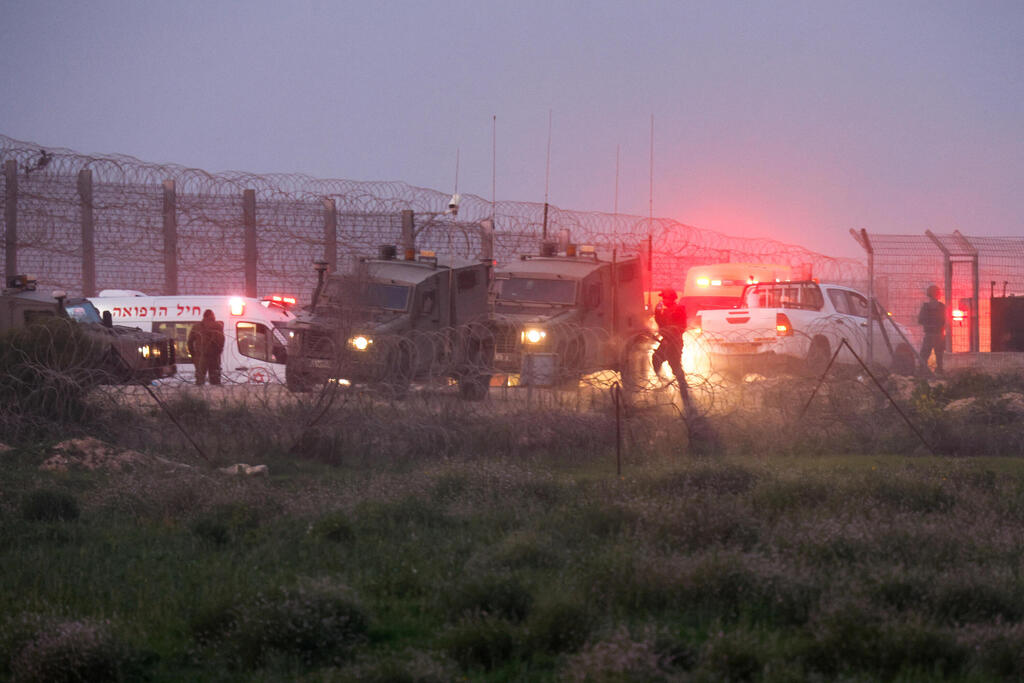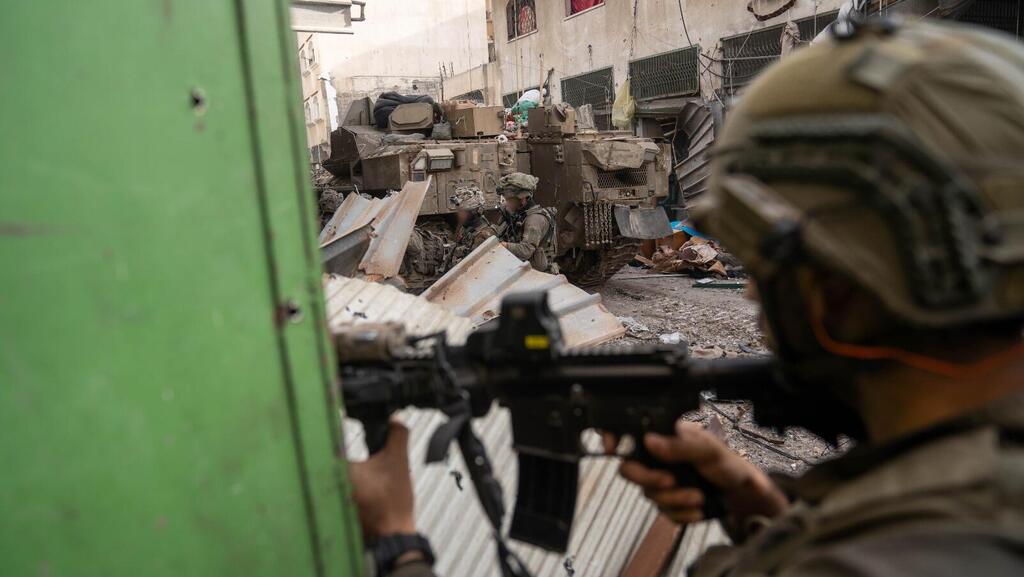Getting your Trinity Audio player ready...
Monday was the deadliest day for the IDF since it began its ground operation in Gaza, targeting Hamas. The fatal incidents highlight how necessary the IDF's incursion into Gaza was and is.
Read more:
Residents of the border area communities in the Western Negev would not be able to return to their homes safely, as the mission to destroy Hamas's ability to launch terror attacks from above and beyond ground in Gaza, that was built over a 15-year period, for the sole purpose of killing Israelis, was not completed.
At first, three officers from the paratroopers were killed and two other members of the force were critically hurt, in fierce fighting in the refugee camp west of Khan Younis. There the terror group had one of its central military compounds. The fighting there hopes to achieve two aims" one is to pressure Hamas leader Yahya Sinwar to enter negotiations for a hostage release deal and the other, to dismantle the military danger threatening Israel. The three fatalities, killed by an anti-tank missile, did not die in vain.
The circumstances of the second major incident, which resulted in the death of 21 reserve soldiers hours later, remain less clear. This was a defensive operation, to clear ground and create a security zone where Hamas would not be able to fire rockets or launch attacks on Israel. The disastrous explosion occurred just 600 meters (654 yards) from the border, and Kibbutz Kissufim. The structures that were prepared for demolition, could have been used by snipers to shoot into Israeli homes, or as launch pads for anti-tank missiles and mortars.
The important factor to note is that Hamas was still there and able to fire at troops. Terrorists hid inside the buildings or in the rubble of others. Two of the fatalities were in a tank that took direct RPG fire.
Most of the force was inside two adjacent building overlooking the border as they were being rigged with explosives ahead of demolition, placed so that they would bring the buildings down, when all devices, (landmines) would be detonated simultaneously.
2 View gallery


Aftermath of a massive explosion killing 21 IDF soldiers on Monday
(Photo: Amir Cohen / Reuters)
But the explosion which occurred minutes if not seconds after the tank was hit, was likely caused by another RPG fired at the buildings while the force was completing its preparations, which caused one mine to explode, causing the others to detonate.
There is also a chance that the explosion was caused by human error. To understand what had happened, a through investigation is needed so that lessons could be learned. This was the second time that explosives positioned by the IDF, exploded and killed troops.
One lesson that can already be learned is that when there are explosives prepared to detonate, all those not directly involved in the final stages must clear out of the danger zone, even at the cost of prolonging the time needed to complete the mission. If that had been the practice, the number of fatalities would have been lower.
 Ron Ben YishaiPhoto: Courtesy
Ron Ben YishaiPhoto: CourtesyPreparing the buildings for demolition by hand and from the ground was the necessary option because bombing them from the air would not have destroyed the structure completely and terrorists would have been able to use cavities in the ruins, to launch further fire.
The tragedy of such a large number of soldiers killed could impact the legitimacy thus far given by the Israeli public to its leadership, in the war. The lessons must be learned so that similar incidents do not occur.


